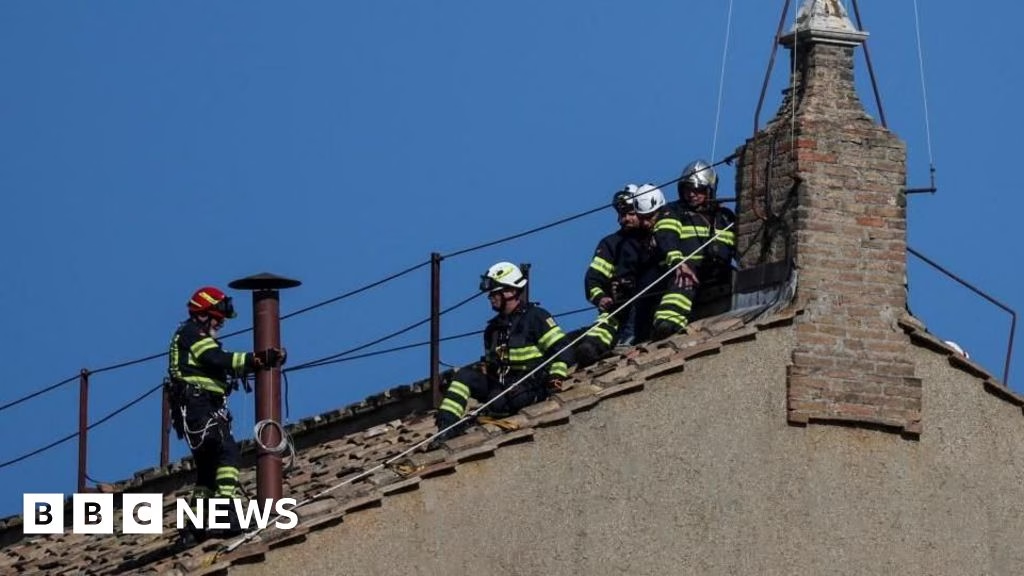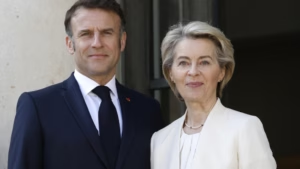BBC News
When the Catholic Church elects a new pope, the world watches not for a press conference or social media post, but for rising smoke from a small chimney atop the Sistine Chapel.
If the smoke is black, no new pope has been chosen. If it is white, a decision has been made: Habemus Papam – we have a pope. It’s high drama, broadcast live to millions.
But what viewers don’t see is the centuries-old ritual’s hidden complexity: the carefully built chimney, the engineered stove and the precise chemical recipes, each part painstakingly designed to ensure that a wisp of smoke carries a clear message.
Experts told the BBC that the process requires “two custom fireworks”, smoke test rehearsals and Vatican firefighters on standby. It is meticulously organised by a team of engineers and Church officials working in unison.
 Reuters
ReutersPope Francis died on Easter Monday aged 88 and with the funeral now over, attention has turned to the conclave – a private meeting through which a new pope will be chosen.
The Vatican has confirmed that cardinals will meet at St Peter’s Basilica on 7 May to celebrate a special Mass before gathering inside the Sistine Chapel, where the complex vote will commence.
The tradition of burning the cardinals’ paper ballots dates back to the 15th Century and became part of conclave rituals aimed at ensuring transparency and preventing tampering, particularly after earlier papal election delays had led to public frustration and unrest.
Over time, the Vatican began using smoke as a way to communicate with the outside world while preserving the strict confidentiality of the vote.
And today, despite countless advances in communication, the Vatican has chosen to preserve the tradition.
“From antiquity onwards people have seen rising smoke – of animal and grain sacrifices in the Bible, or of burning incense in tradition – as a form of human communication with the divine,” Candida Moss, a theology professor at the University of Birmingham, told the BBC.
“In Catholic tradition, prayers ‘ascend’ to God. The use of smoke evokes these religious rituals and the aesthetics of wonder and mystery that accompany them.”
Prof Moss also says that the rising smoke allows people gathering in St Peter’s Square “to feel included – as if they are incorporated into this mysterious and secretive affair”.
The reasons are symbolic, but making it work in the 21st Century requires real-world engineering.
. . .Rest of the context equals to the original text]





_placeholder.png)




